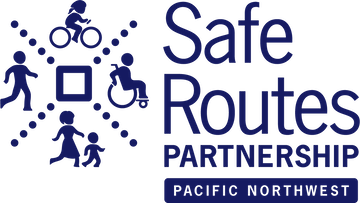The Oregon Legislature passed a transportation package in 2017, which dedicated $10 million per year in funding for street safety fixes within a mile of schools, increasing to $15 million per year in 2023. The ODOT Safe Routes to School Competitive Infrastructure Grant Program runs in two-year cycles with the first round of funds awarded in 2019.
The 2019-20 Competitive Grant cycle will distribute $16 million, and grantees will be required to provide a 20% cash match. The first call for applications closed on October 15, 2018.
ODOT received 112 applications, requesting approximately $85M in project funding requests – about five times the amount available.
Eligible projects include: Safety projects on the public road right of way, consistent with jurisdictional plans, supported by the school or school district, are within a one-mile radius of a school, and that positively affects the ability of children to walk and bicycle to school, e.g., sidewalks, median refuge islands, rapid flashing beacons, etc.
Competitive projects will have some of the following criteria:
- High percentage of students receiving free/reduced lunch
- High posted speed at project location
- Two or more lanes at project location, or crossing distance greater than 30 feet
- High average daily vehicles at project location
- One or more school related crashes near project location
The ODOT SRTS Advisory Committee will meet in 2018 and 2019 to make recommendations on projects. ODOT Infrastructure Grants will be approved by the Oregon Transportation Commission by February 2019.
While not officially linked, Metro and ODOT SRTS Grant programs that will become available in 2019 will coordinate with ODOT infrastructure to ensure that state infrastructure grants complement the region’s programmatic funding. It's well-known that SRTS programs that include both infrastructure (street safety engineering projects) AND programmatic elements (such as education and encouragement), allow for more robust programs and see greater gains in the number of youth walking and rolling to and from school.


